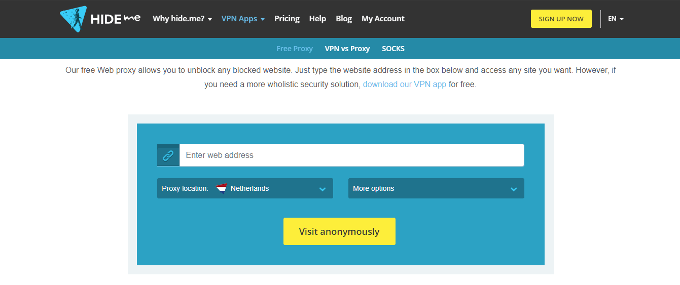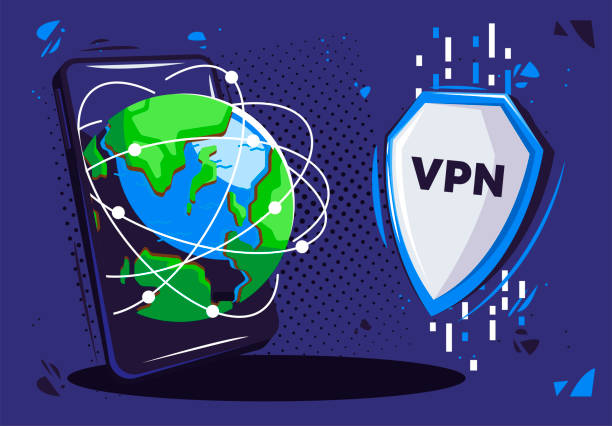The assassination of Thomas Becket, the Archbishop of Canterbury, on December 29, 1170 is one of the most famous events in English history. Becket was a close friend and advisor of King Henry II, but their relationship turned sour when Becket opposed the king’s attempts to control the Church. This conflict ultimately led to Becket’s murder in Canterbury Cathedral.
Thomas Becket was born in London in 1118 to a wealthy and influential family. He was educated at Merton Priory and later attended the University of Paris, where he studied law and theology. In 1154, Becket returned to England and entered the service of King Henry II.
Becket proved to be a loyal and efficient administrator, and he quickly rose through the ranks of Henry’s court. In 1155, he was appointed Chancellor of England, the highest office in the land after the king himself. Becket served in this position for six years, and he became one of Henry’s closest advisors and friends.
However, the relationship between Becket and Henry began to sour in the late 1150s. Henry was a strong-willed and ambitious king who was determined to assert his authority over the Church in England. In particular, he wanted to reduce the power of the Pope and the bishops, and he wanted to increase the power of the king and the state.
Becket, on the other hand, was a devout and devoutly religious man who believed that the Church should be independent of the state. He was determined to defend the rights and privileges of the Church, and he was willing to stand up to Henry in order to do so.
The conflict between Becket and Henry came to a head in 1163, when Henry appointed Becket as Archbishop of Canterbury. Becket was initially reluctant to take on this role, but he eventually agreed to do so in order to defend the Church from Henry’s attempts to control it.
As Archbishop of Canterbury, Becket immediately began to assert the rights and privileges of the Church. He resisted Henry’s attempts to interfere in Church affairs, and he refused to allow the king to try Church officials in royal courts. This angered Henry, who saw Becket’s actions as a challenge to his authority.
The tension between Becket and Henry came to a boil in 1164, when the king ordered Becket to sign a document known as the Constitutions of Clarendon. The Constitutions were a set of laws that severely limited the powers of the Church in England and gave the king greater control over the Church. Becket refused to sign the Constitutions, and Henry responded by ordering his arrest.
Becket fled to France and sought the protection of the Pope. He remained in exile for six years, during which time Henry’s power and influence in England grew. In 1170, the Pope ordered Becket to return to England and reconcile with Henry. Becket reluctantly agreed, and he returned to England in December of that year.
Upon his return to England, Becket was greeted with hostility by many of Henry’s supporters. He was harassed and threatened, and he was forced to take refuge in Canterbury Cathedral. On December 29, 1170, four knights who were loyal to Henry entered the cathedral and confronted Becket.
The knights demanded that Becket submit to the authority of the king, but Becket refused. In response, the knights attacked Becket and killed him. Becket’s murder sparked outrage in England and across Europe, and Henry was forced to do penance for Becket’s death.
Today, Thomas Becket is remembered as a martyr and a hero.










